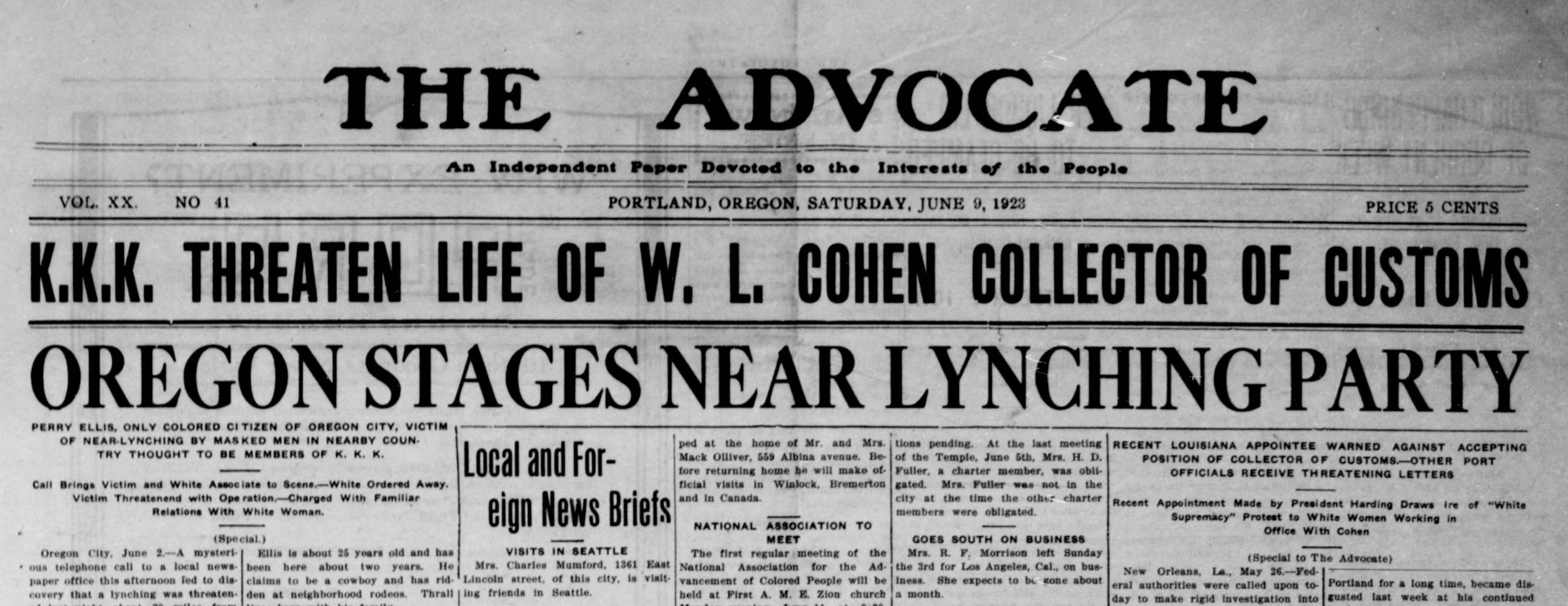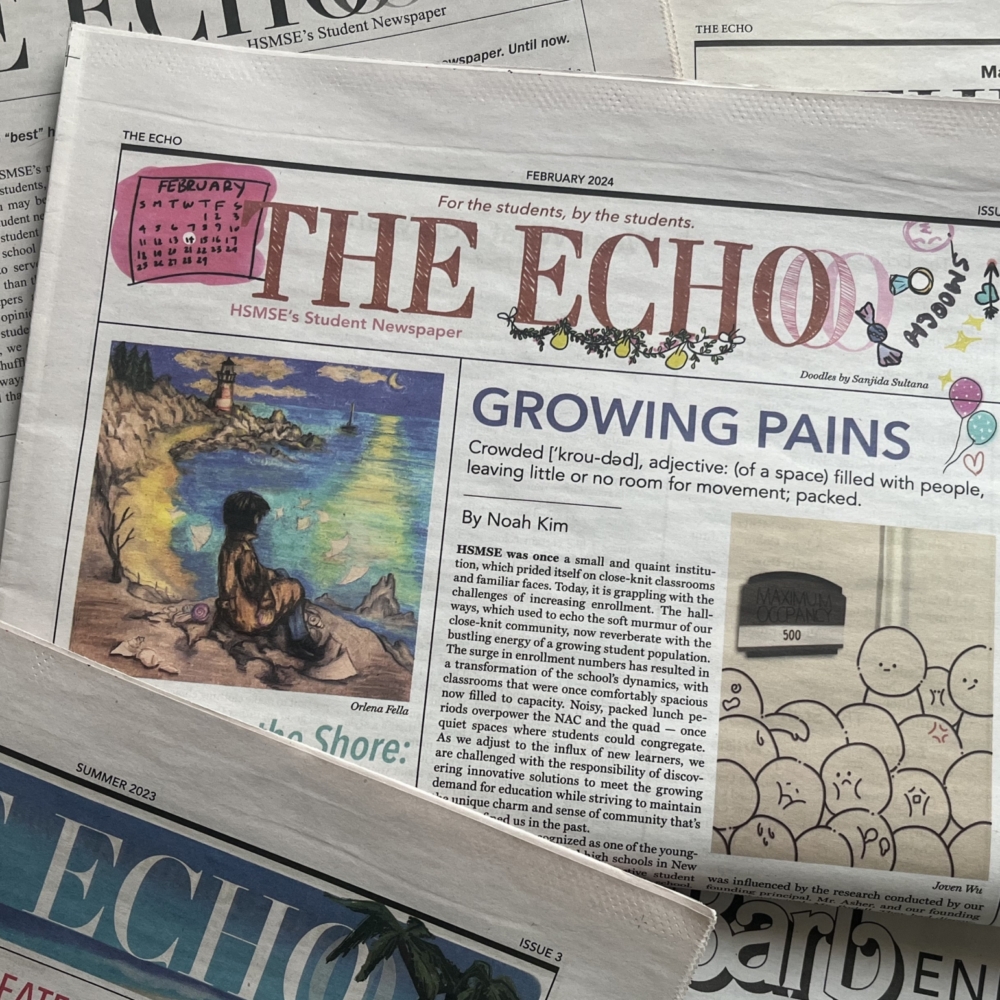The 7-Minute Rule for News Articles
The 7-Minute Rule for News Articles
Blog Article
Indicators on News Articles You Should Know
Table of ContentsNews Articles Fundamentals ExplainedAbout News ArticlesAn Unbiased View of News ArticlesExamine This Report on News Articles10 Easy Facts About News Articles Described
Great understanding of various topics gives students an one-upmanship over their peers. Despite the fact that digital and social media sites are easily obtainable, we must not fail to remember how essential it is to check out the papers. Moms and dads have to try and inculcate the habit of reading a paper as an everyday routine to proceed the tradition of the revered print tool.Newspaper article also contain a minimum of one of the adhering to crucial features about the designated audience: closeness, importance, timeliness, human interest, strangeness, or effect. The relevant term journalese is occasionally used, usually pejoratively, to refer to news-style writing. One more is headlinese. Papers normally stick to an expository writing design.
Within these restrictions, news tales also aim to be thorough. Various other factors are included, some stylistic and some derived from the media form. Among the bigger and a lot more recognized papers, fairness and equilibrium is a major aspect in offering details. Commentary is typically constrained to a different area, though each paper may have a various overall slant.
Papers with an international audience, for example, often tend to use a much more official style of writing. News Articles.; usual design overviews include the and the US Information Design Book.
Some Ideas on News Articles You Should Know
As a regulation, reporters will not utilize a long word when a short one will do. Information authors attempt to prevent using the very same word extra than as soon as in a paragraph (often called an "resemble" or "word mirror").
Headlines sometimes leave out the subject (e.g., "Jumps From Watercraft, Catches in Wheel") or verb (e.g., "Feline woman lucky"). A subhead (also subhed, sub-headline, subheading, caption, deck or dek) can be either a subservient title under the primary headline, or the heading of a subsection of the short article. It is a heading that comes before the primary message, or a team of paragraphs of the primary text.

of a write-up subject, source, or interviewee), it is described as a drawn quote or pull quote. Extra billboards of any one of these types may show up later on in the short article (specifically on subsequent web pages) to attract additional reading. Journalistic web sites often utilize animation strategies to exchange one signboard for one more (e.g.
Not known Facts About News Articles
Such billboards are also utilized as reminders to the write-up in other sections of the publication or website, see this here or as advertisements for the item in various other publication or websites. Press release of the Swiss federal government. Regular framework with title, lead paragraph (summary in vibrant), other paragraphs (information) and call information.

Instance of a hard-lead paragraph NASA is recommending one more space project. The agency's spending plan demand, introduced today, included a strategy to send out another objective to the Moon. This time around the agency wishes to establish a long-lasting facility as a jumping-off factor for various other space experiences. The budget plan requests about $10 billion for the job.
An "off-lead" is the 2nd most important front page information of the day. To "hide the lead" is to start the article with history info or information of secondary value to the viewers, compeling them to read more deeply right into an article than they need to have to in order to discover the necessary points.
The News Articles Ideas
Typical usage is that or two sentences each form their own paragraph. Reporters generally describe the organization or structure of a newspaper article as an upside down pyramid. The important and most interesting aspects of a tale are placed at the start, with supporting info following in order of decreasing significance.
It enables individuals to check out a subject to just the depth that their inquisitiveness takes them, and without the imposition of details or subtleties that they can consider unimportant, however still making that information available to much more interested visitors. The inverted pyramid framework additionally enables short articles to be trimmed to any kind of approximate length during design, to fit in the room available.
Some writers start their tales with the "1-2-3 lead", yet there are lots of kinds of lead readily available. A twist can refer to multiple points: The last story in the news program; a "pleased" tale to end the program.
Longer posts, such as magazine cover write-ups and the items that lead the inside areas of a paper, are known as. Attribute stories vary from straight news in a number of means.
Not known Details About News Articles
The reporter frequently details communications with meeting topics, making the piece more individual. A function's initial paragraphs often associate a fascinating moment or occasion, as in an "unscientific lead". From the particulars of an individual or episode, its sight swiftly expands to generalities regarding the story's topic. The section that signals what a function is about is called the or signboard.

The Editor's Toolbox: A Reference Guide for Beginners and Professionals (2001) find more Allan M. Siegal and William G. Connolly. The New York Times Handbook of Design and Use: The Authorities Design Guide Used by the Writers and Editors of the World's Most Authoritative Newspaper (2002) M. L. Stein, Susan Paterno, and R.
Report this page